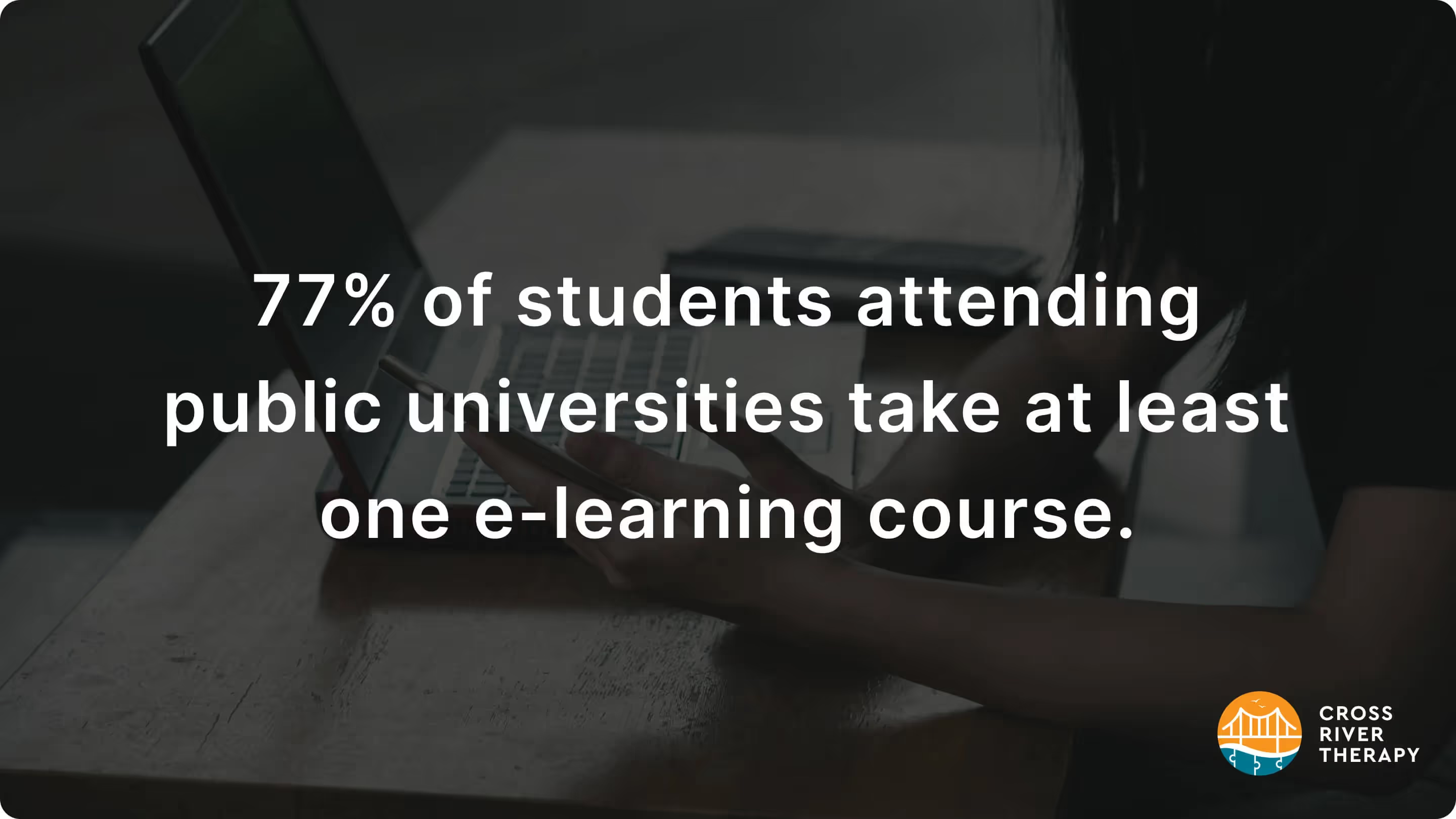47 E-Learning/Online Learning Statistics
Did you know that e-learning increases retention rates by 25% to 60%?
Top 10 E-Learning Statistics
- Worldwide, the e-learning market size is expected to be worth $325 billion by the year 2025.
- 77% of American corporations used e-learning in 2017, but 98% of them put it within their practices in 2020.
- The American e-learning industry is anticipated to increase growth by $12.81 billion by 2024.
- Online learning increases retention rates of students between 25% to 60%.
- The private e-learning industry is expected to see a monetary increase of $38.09 billion from 2020 to 2024.
- Online learning has shown rises in income for 42% of American companies.
- A set of 2,500 businesses learned that those with online training programs of some sort have a 218% greater revenue for each worker and profit margin increases of 24%.
- After making the switch to e-learning, the tech giant IBM saved about $200 million.
- 2 out of 5 businesses listed in the Fortune 500 are currently using e-learning applications.
- 5.4 million college students, comprising 74% of the entire population, took one or more classes online in 2020.
E-Learning Industry Statistics

- Most of the worldwide global e-learning industry is located in the United States and Europe.
- In Asia-Pacific, the e-learning industry is anticipated to grow in popularity by 11% by the year 2026.
- In Asia, the e-learning market will surpass $90 billion by the year 2026.
- The greatest amount of users relying on remote learning in 2021 was from the United States.
- Since 2021, Ireland has had the largest amount of people within the European Union that are actively taking online courses.
- Almost 4,000 colleges and universities in the US have adjusted to e-learning since 2020.
- In 2020, 63% of colleges and universities made large investments in using and promoting e-learning.
- 75% of American schools are making plans to conduct all educational operations online since 2021.
- About 33% of university students are currently taking at least one online course.
- Since 2020, 40% of undergraduates in America rely on their phones and tablets to finish most of their studies.
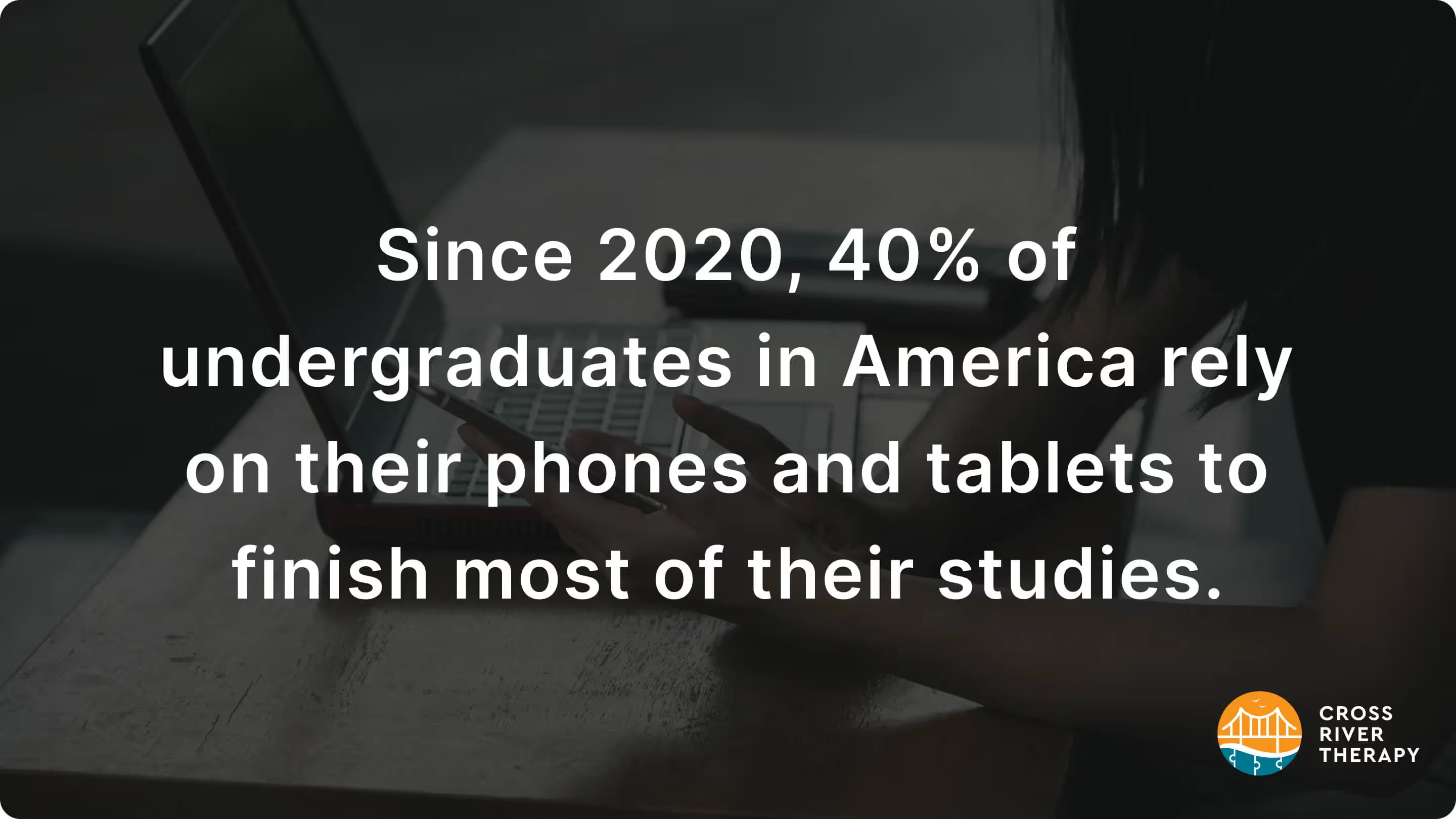
General E-Learning Statistics

- Worldwide, the e-learning market is expected to be worth $325 billion by the year 2025.
- Worldwide markets showing 30% yearly growth in their market increases are all located in Asia, including Thailand, China, India, and the Philippines.
- From 2020 until 2025, the e-learning market will have a 200% increase in usage.
- Asia is forecasted to have a 20% yearly rise in revenue in the e-learning market.
- In 2020, mobile e-learning grew up to $38 billion. Yet between 2017 and 2022, growth is predicted to rise as high as $6 billion.
- Through greater use of scheduled learning, the e-learning market was expected to decrease in 2021.
- Some of the leading innovators paving the way for virtual classes can be found in companies making improvements in augmented reality and virtual reality, with $300 million in revenue growth since 2020.
- In 2018, microlearning, a smaller version of e-learning, made up 69.7% of e-learning instances.
- Up to 60% of web users have attempted e-learning at some point. This is due to the comfort of using it at their discretion.
- 50% of students and 80% of businesses have relied on online learning applications.
- Web learning accounts for 40% to 60% less time spent by workers and students than ordinary learning methods take.
- Most businesses are using e-learning more than ever before, with 42% of organizations witnessing an increase in revenue for doing so.

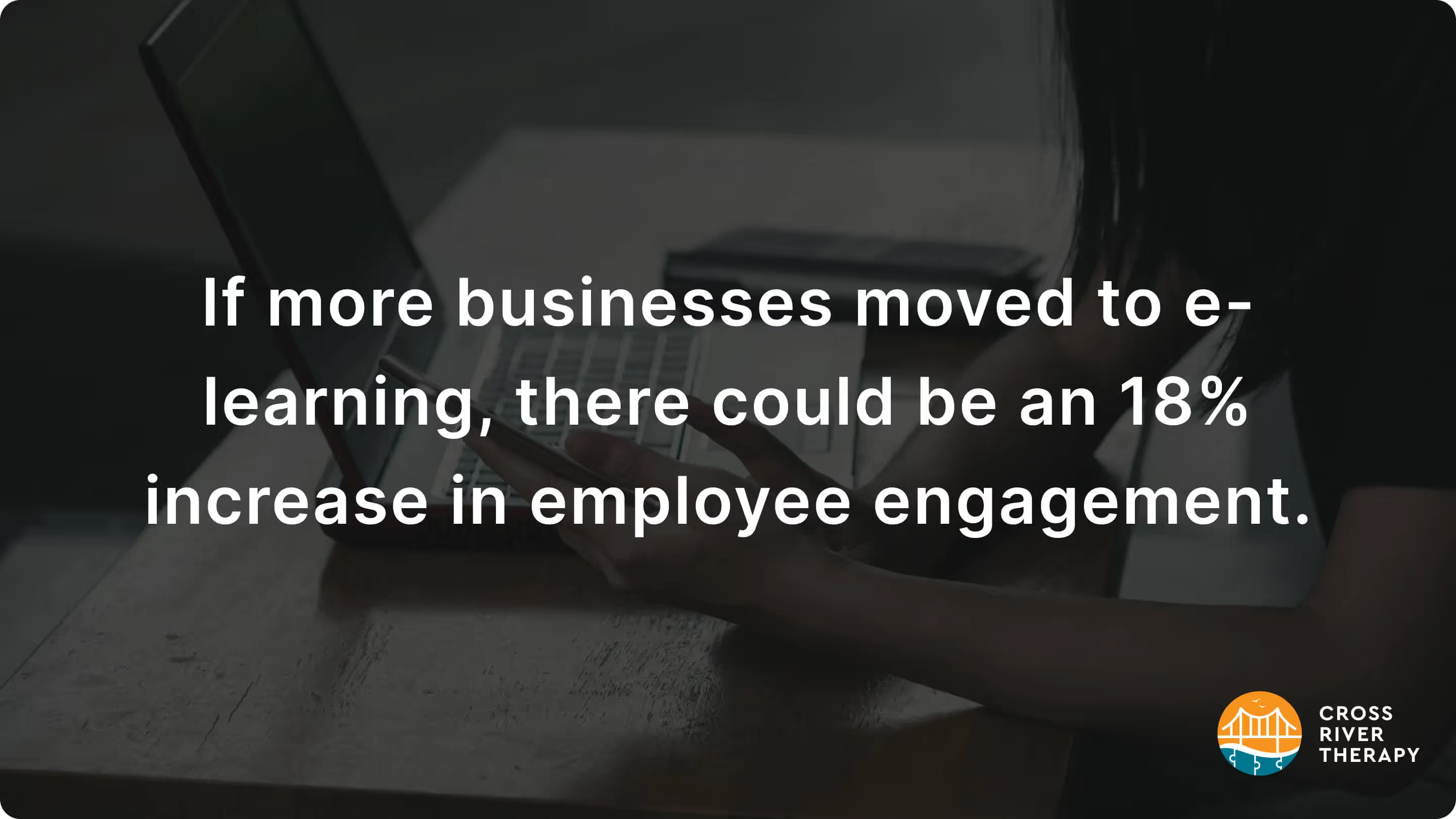
- If more businesses moved to e-learning, there could be an 18% increase in employee engagement.
- The Europeans Higher Education Area has 48 nations that are seeking e-learning alternatives for boosting the way students learn.
- The retention rate of people that use e-learning is between 25% and 60%, face-to-face tutoring has a retention rate between 8% to 10%.
- Compliance training is done by 28% of companies through e-learning or online training programs.
- 75% of schools in 2021 have plans to increase their online operations. Before this, 57% of American students relied on digital tools to complete lessons. 45% of them were children in elementary school and 64% were in middle school. 63% were high school students.
- 80% of schools buy or plan to buy more technology for their students, which includes e-learning materials.
- 98% of colleges and universities have moved classes online since 2020.
- Before 2020, 19.5% of undergraduate students took one or more online courses.
- 49% of college professors view online learning in a favorable light.
- Since 2020, up to 98% of learning at the corporate level is done through online learning.
- Students have boosted their ability to take in 25% to 60% more information through the use of e-learning.
- A 30% rise in failing grades is due to some students using e-learning.
- 25% to 33% of students don't have the tools needed to access e-learning resources, creating a divide between social classes and income.
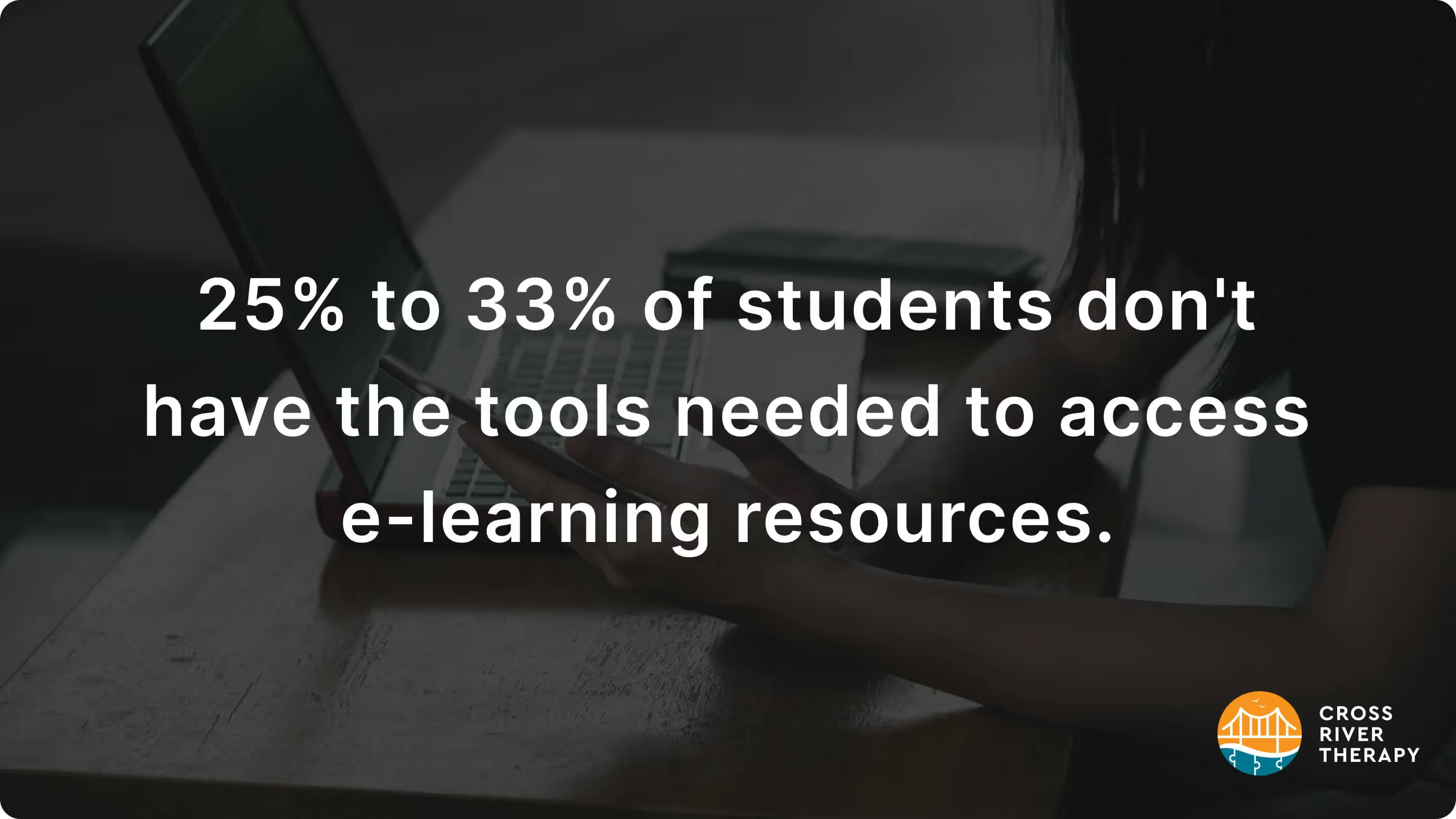
E-Learning Trends

- The worldwide e-learning industry is set to reach $457.8 billion by the year 2026.
- 2 out of 5 Fortune 500 organizations use e-learning.
- 70% of students believe online classes are more useful than going to classes the traditional way.
- Online learning can potentially help students take in up to 60% more information.
- In 2020, only 2% of US organizations didn't rely on e-learning.
- Up to 90% less energy and 85%, less carbon dioxide emissions have been accounted for the higher use of e-learning on college campuses.
- E-learning has boosted incomes for 42% of American businesses.
- Online learning boosts the performance of employees by 15% to 25%, according to experts in the medical field.
Online Learning vs. Face-to-Face Learning Statistics
- Retention rates are boosted by 25% to 60% due to online learning.
- Retention rates of face-to-face learning boosted learning by only 8% to 10%. This is due to students having more control over the way they learn.
- A recent study found that providing online learning courses leave less of a carbon footprint, using 90% less energy consumption and putting out 85% fewer carbon emissions per individual than face-to-face training does.
- There are 48% of undergraduate and graduate students feel that e-learning is as effective as face-to-face learning.
- In late 2020, about 75% of university students took one or more college courses through e-learning tools.
- 46% of college students took their online entirely online.
- There 29% of students took some college courses online, but not all.
- Up to 26% of students didn't take any college courses on the internet, relying on instead on face-to-face instruction.
- Online learning was approved by 37% of students, who feel that it's better than taking face-to-face courses.
- Only 15% of students thought that online courses weren't impactful.
- 30% of undergraduates and 42% of graduate students prefer e-learning courses over in-person learning.
- There is an average of 25% to 60% of students who can retain more knowledge when taking courses online. Face-to-face learning is between 8% and 10%.
- 40% to 80% less time is needed in teaching students online than doing so in a traditional classroom setting.
- In 2020, there were 5.4 million college students that took one or more online courses.
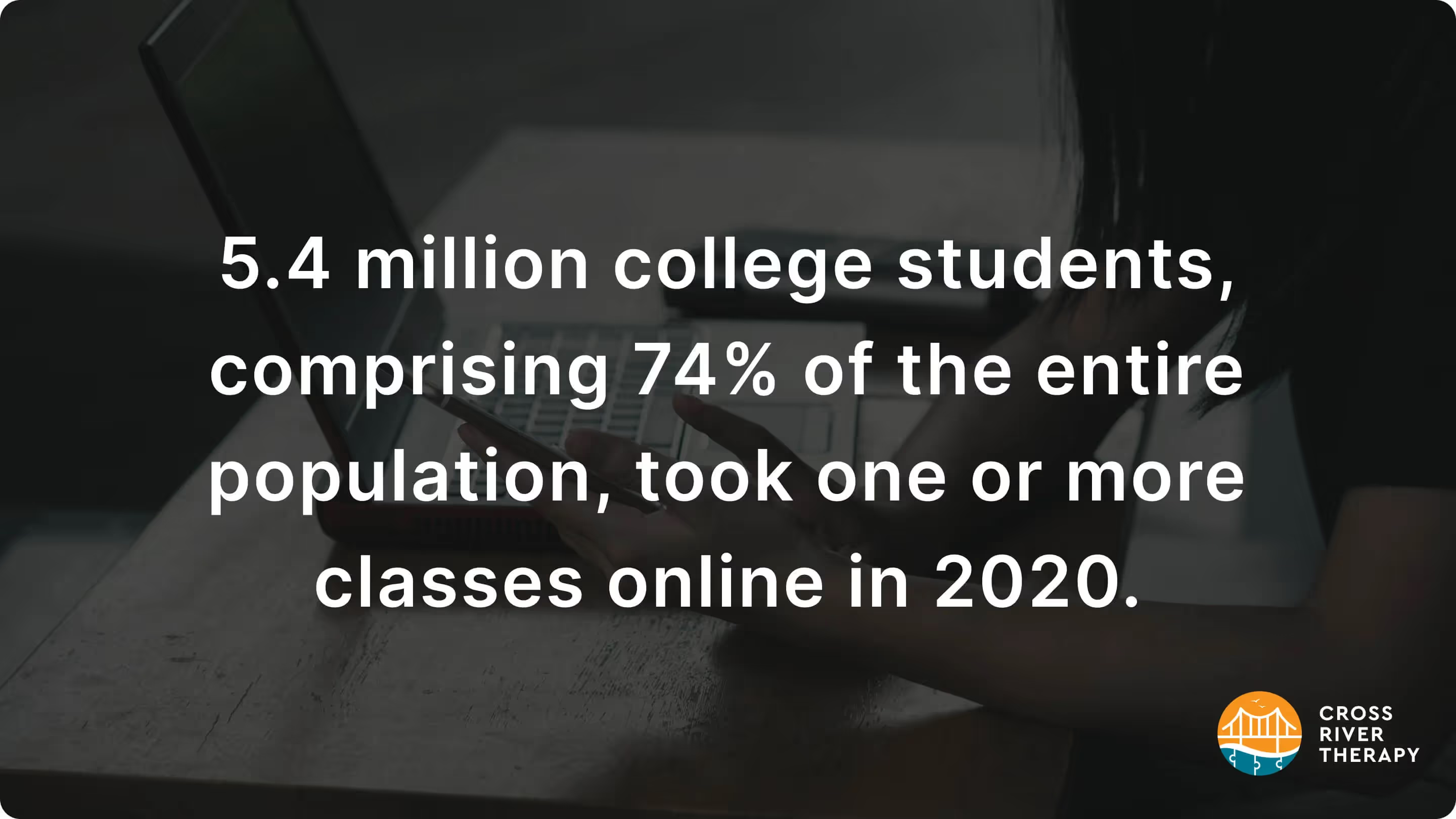
- The rates of completing a course online are lower for students by rates of up to 22%.
- Online learning has seen an increase in failing grades for some students taking middle school classes.
- 98% of students with disabilities have had failing grades when taking courses online.
- More than 1 out of 10 colleges have entirely online-based courses.
- Online colleges have a student body numbering 2.8 million people.
- For online colleges, the average cost for every credit hour is $516.
- When fees are included, 54% of colleges and universities have students taking online courses paying more to attend courses than face-to-face students spend.
- 1 out of 3 teachers has a difficult time preparing for work in a traditional classroom setting.
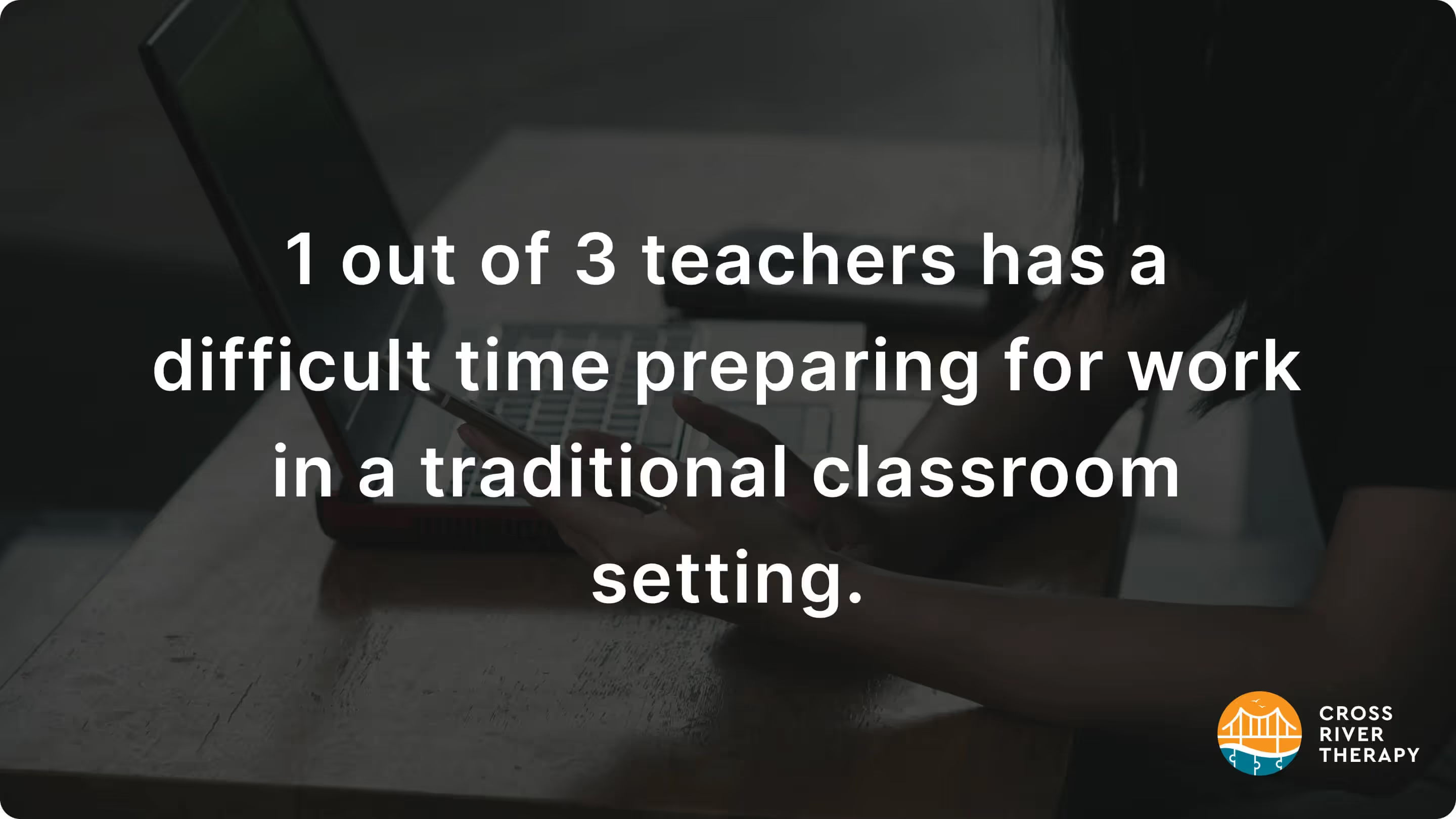
- In annual reportings, 95% of college alumni suggested online learning over face-to-face learning.
- Up to 43% of school administrators agreed to move forward with high rates of remote e-learning options for students to use after the COVID-19 pandemic.
- About 75% of college undergraduates took one or more courses through an online application, though 71% of graduate students did the same.
- 76% of students attending four-year colleges and universities took one or more courses online, while 69% of students at a two-year took online courses.
- 77% of students attending public universities take at least one e-learning course. However, 68% of private college students took at least one course online.
